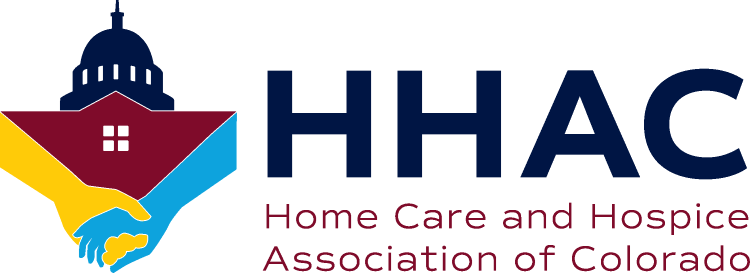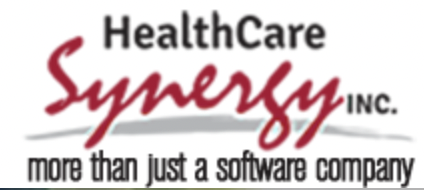The Internal Revenue Service announced yesterday an increase in the optional standard mileage rate for the final six months of 2022. Taxpayers may use the optional standard mileage rates to calculate the deductible costs of operating an automobile for business and certain other purposes.
For the final six months of 2022, the standard mileage rate for business travel will be 62.5 cents per mile, up four cents from the rate effective at the start of the year. The new rate for deductible medical or moving expenses (available for active-duty members of the military) will be 22 cents for the remainder of 2022, up 4 cents from the rate effective at the start of 2022. These new rates become effective July 1, 2022. The IRS provided legal guidance on the new rates in Announcement 2022-13, issued yesterday.
In recognition of recent gasoline price increases, the IRS made this special adjustment for the final months of 2022. The IRS normally updates the mileage rates once a year in the fall for the next calendar year. For travel from Jan. 1 through June 30, 2022, taxpayers should use the rates set forth in Notice 2022-03.
“While this decision is welcome, it is important that government payers like Medicare and Medicaid to increase payment rates to recognize cost increases impacting the entire economy, particularly health care,” said NAHC President William A. Dombi.
“The IRS is adjusting the standard mileage rates to better reflect the recent increase in fuel prices,” said IRS Commissioner Chuck Rettig. “We are aware a number of unusual factors have come into play involving fuel costs, and we are taking this special step to help taxpayers, businesses and others who use this rate.”
While fuel costs are a significant factor in the mileage figure, other items enter into the calculation of mileage rates, such as depreciation and insurance and other fixed and variable costs.
The optional business standard mileage rate is used to compute the deductible costs of operating an automobile for business use in lieu of tracking actual costs. This rate is also used as a benchmark by the federal government and many businesses to reimburse their employees for mileage.
Taxpayers always have the option of calculating the actual costs of using their vehicle rather than using the standard mileage rates.
The 14 cents per mile rate for charitable organizations remains unchanged as it is set by statute.
Midyear increases in the optional mileage rates are rare, the last time the IRS made such an increase was in 2011.
Mileage Rate Changes
| Purpose | Rates 1/1 through 6/30/22 | Rates 7/1 through 12/31/22 |
| Business | 58.5 | 62.5 |
| Medical/Moving | 18 | 22 |
| Charitable | 14 | 14 |

